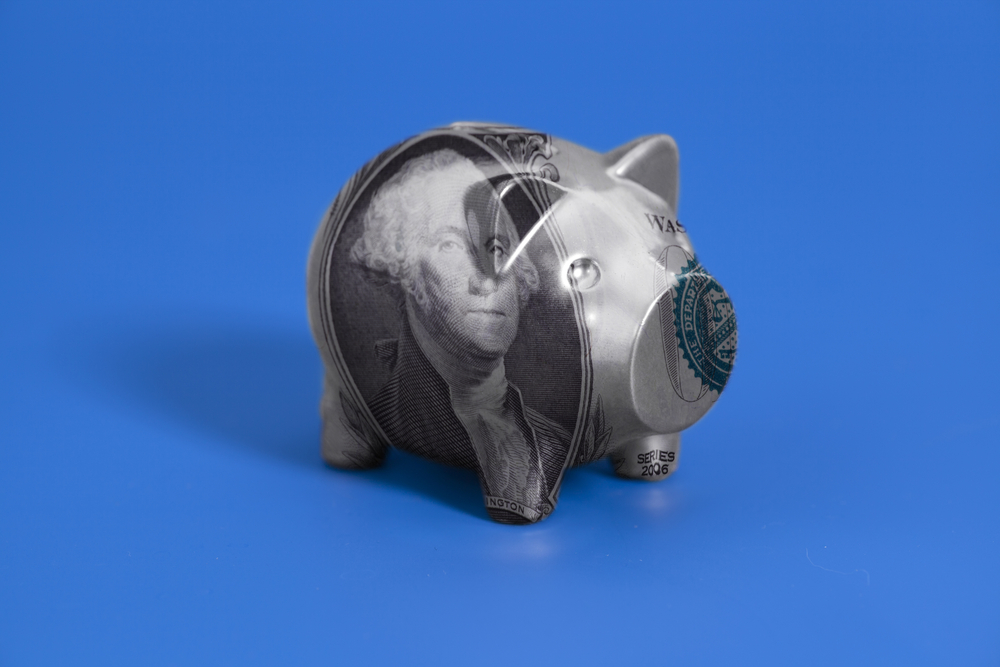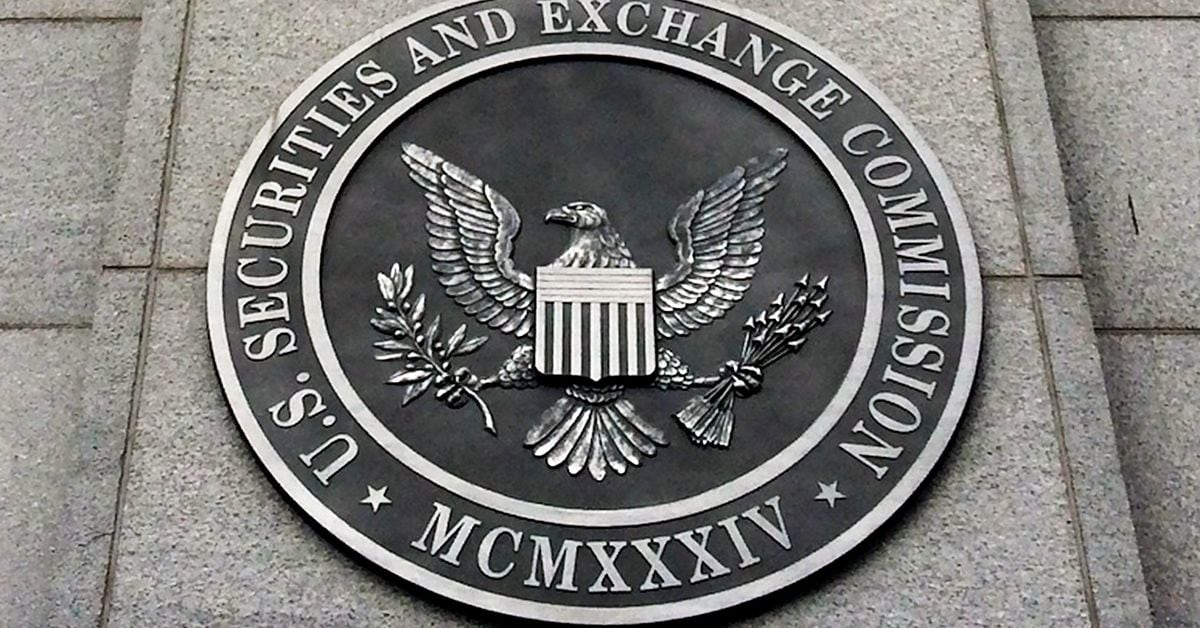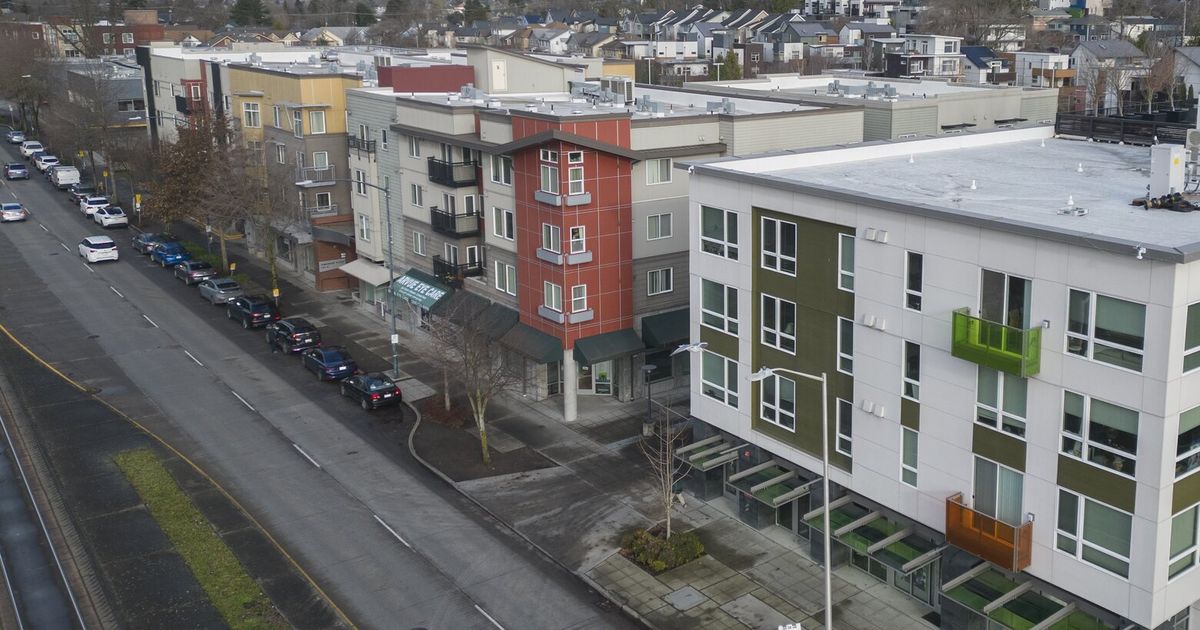A South Korean manufacturer plans to spend $2.5bn to expand solar power equipment production in the US state of Georgia, a sign that billions of dollars of green subsidies passed by Democrats are sparking new clean energy investment.
The move by Hanwha Q Cells to build more solar panels and components in the southern state will mark the largest foreign direct investment in US solar manufacturing, according to fDi Markets. It comes as lawmakers attempt to rebuild the American industrial base and make supply chains less reliant on imports from China.
The climate law signed by President Joe Biden last year included $369bn in tax breaks for clean energy such as solar. Senator Jon Ossoff, a Georgia Democrat, said a goal of the incentives was to “end America’s dependence on Chinese products” when it came to “strategic solar technology”.
“This geostrategic economic competition will continue. I’m not declaring victory on that front, but I am declaring victory in bringing massive investment to my state and expanding American manufacturing capacity,” he said.
The US last year made solar modules with capacity totalling 8.9 gigawatts, about half of demand from power companies and far below China’s production capacity of 600GW, according to Wood Mackenzie, a consultancy.
US clampdowns on solar panel and cell imports from China have slowed connections of solar power to the electric grid, muting the impact of the climate law formally known as the Inflation Reduction Act, said Wood Mackenzie and the Solar Energy Industries Association. The groups estimated the pace of new US solar installation slowed by 23 per cent year on year in 2022 due to trade barriers and supply constraints.
Hanwha Q Cells plans to expand solar component manufacturing capacity at its plant in the city of Dalton, Georgia, and to build a new plant in Cartersville, closer to Atlanta, bringing its production capacity in the US to 8.4GW by 2024.
Unlike most investments in US solar that are concentrated in modules, Hanwha Q Cells’s announcement encompasses broader segments of the supply chain, including wafers, cells and ingots.
Georgia has been a leading US investment destination for South Korean companies. The state last year attracted $11.5bn in projects from South Korea, including a $5.5bn electric vehicle plant from Hyundai, according to data to November from fDi Markets.
The move also follows the Biden administration’s curbs on imports of solar energy components using polysilicon from China’s Xinjiang region over concerns about slave labour.
Heavy US government support for clean energy investment has triggered alarm among some of Washington’s staunchest allies in Europe and Asia, who fear it will siphon projects and jobs from their own economies.
But John Podesta, senior White House adviser on clean energy, dismissed those worries. “I would say that the overall net effect of US investment is good for the world,” he said. “It’s not just good for the United States. It’s going to create a virtuous cycle of innovation, of lowering costs of making these global goods more affordable, as the entire world moves from an energy system that is built on fossil fuels to one built on clean energy.”
Analysts still do not expect an independent US solar supply chain to develop in the near future. “The announcements that have been made are not at the same speed right now as the demand we are expecting,” said Sylvia Leyva Martinez, a senior analyst at Wood Mackenzie.
Biden welcomed the investment on Wednesday, saying it would “create thousands of good-paying jobs in Georgia, many of which won’t require a four-year degree”.
“It will bring back our supply chains so we aren’t reliant on other countries, lower the cost of clean energy and help us combat the climate crisis,” he added.
Additional reporting by Christian Davies in Seoul
















